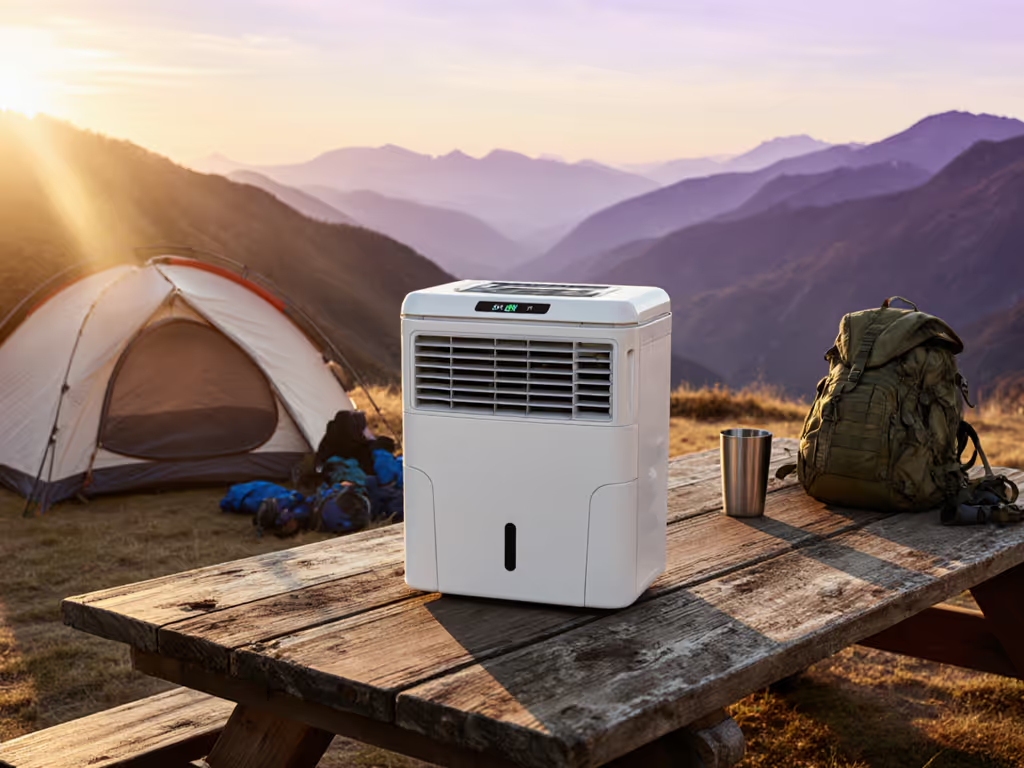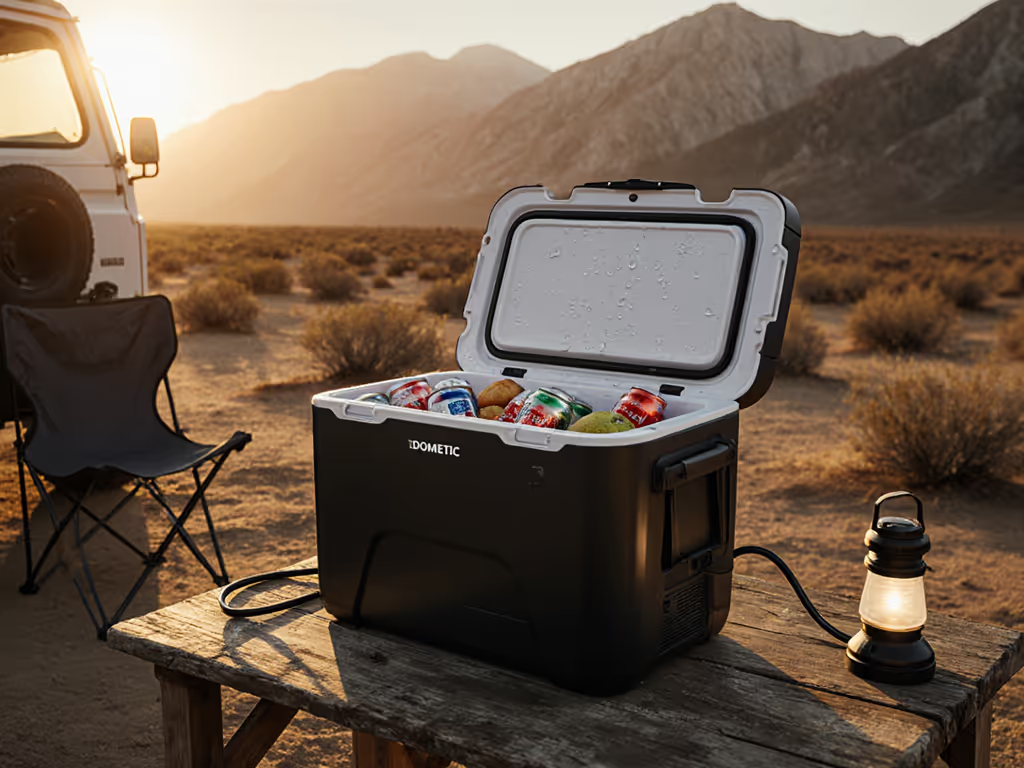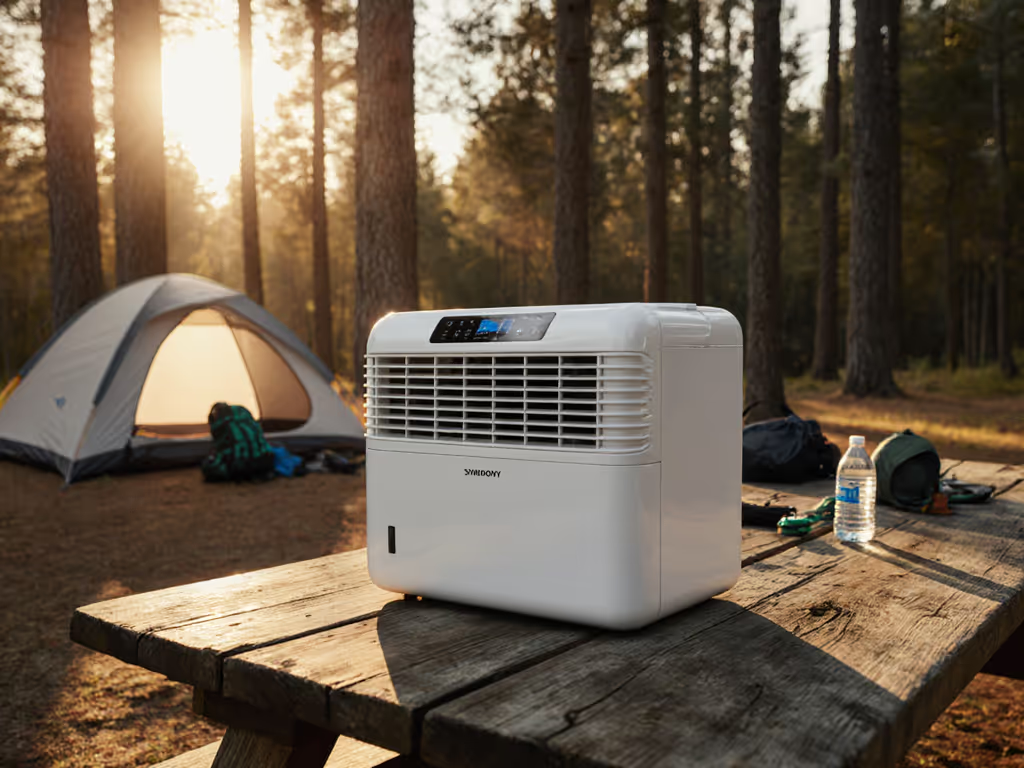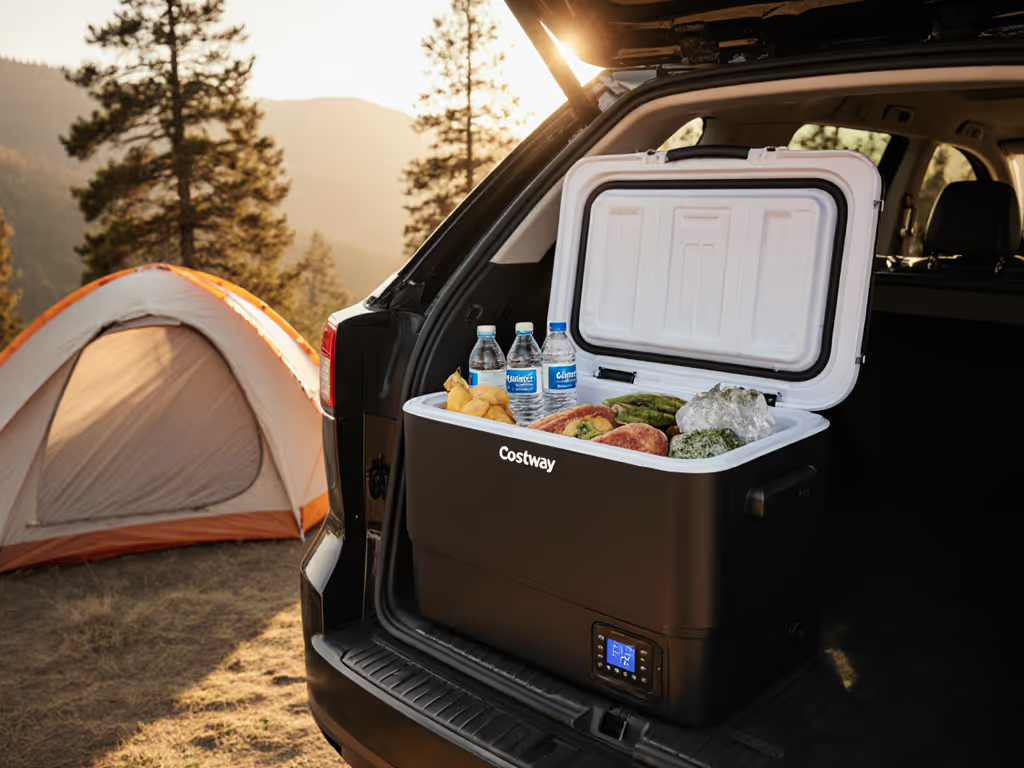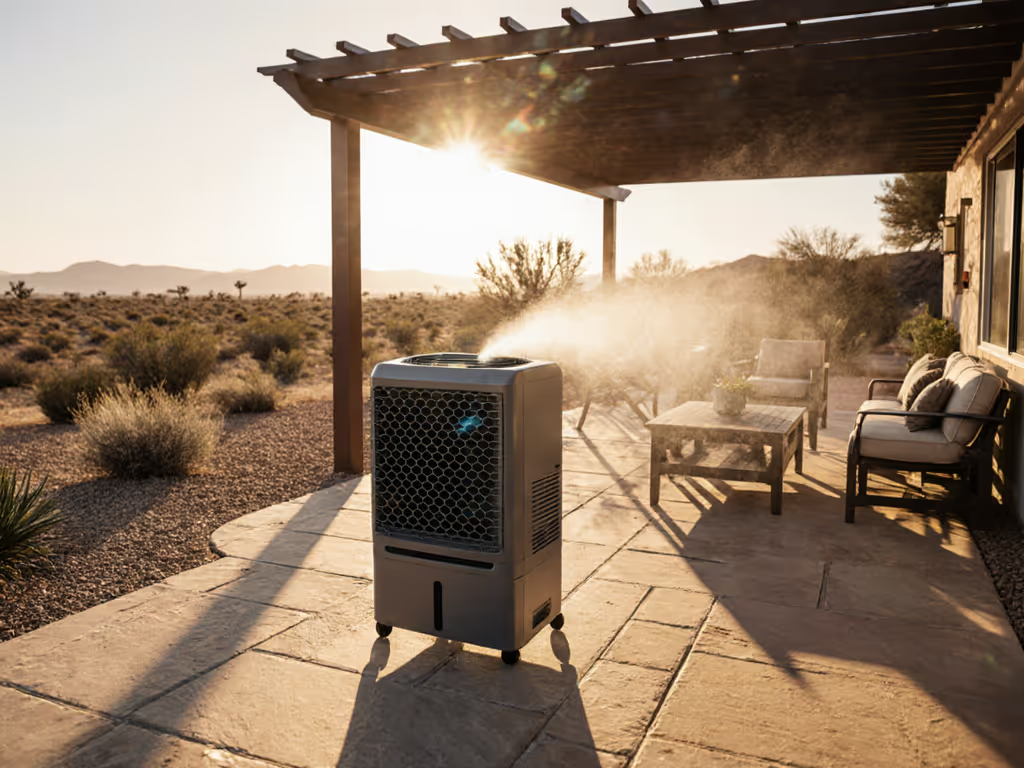
Evaporative Cooler vs Air Con: Dry Climate Energy Savings
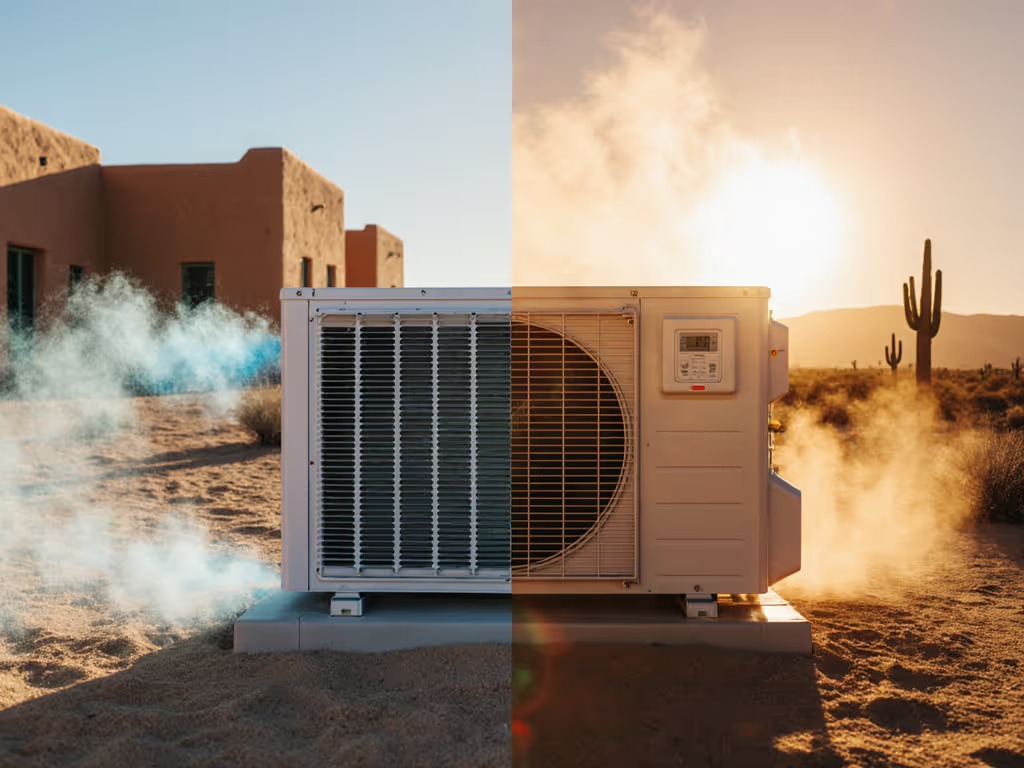
When I'm three hours into a tuna run and the deck box starts warming, I don't reach for more ice, I reach for precision. As someone who's spent decades perfecting fish cold chain management, I've learned that evaporative cooler vs air con comparisons aren't just about home cooling; they're about fundamental cooling physics that apply whether you're chilling a house or a haul of yellowfin. And here's what most people miss: swamp cooler portable units aren't just backyard gadgets, they embody the same evaporation principles that preserve catch quality when executed properly. Cold chain starts at the gills and ends at the plate, whether we're talking about your home's air or last night's catch.
Why Dry Climate Matters for Cooling Efficiency
Let's cut through the marketing noise. When you're running a 36-foot center console in August, you learn quickly that humidity is the enemy of effective cooling. Same goes for your home in Phoenix or Tucson. For strategies that keep gear cold in desert heat, see our guide to portable cooler performance in extreme climates. Evaporative coolers thrive where the air's dry, just like how my brine slurry recipes depend on specific salinity percentages to maximize thermal transfer without excessive water retention.
In dry climates (below 50% humidity), evaporative coolers can drop temperatures by 15-25°F using nothing but water and a fan. That's physics, not magic. When water evaporates, it absorbs heat from the surrounding air, exactly how my 3% saline slurry pulls heat from gill plates faster than plain ice.
Cold chain integrity beats raw ice mass: method and sequence matter most.
Compare this to refrigerated air conditioning, which works by compressing refrigerant. It's effective regardless of humidity but consumes significantly more energy. Think of it like dumping 100 pounds of ice into a poorly insulated cooler versus using 40 pounds strategically layered with proper drainage. If insulation is your bottleneck, our breakdown of cooler insulation materials explains why method and materials beat raw ice mass. The latter keeps fish colder longer with less waste.
Energy Efficiency: The Real Numbers
Let's talk numbers, because on the water, I don't trust claims without proof. According to industry testing data I've reviewed, evaporative cooling systems use about 10-30% of the electricity consumed by traditional air conditioning. Looking to cut draw on portable electric coolers too? Use our solar and battery optimization tips to extend run time off-grid. That's not a small difference when you're running equipment all day.
| Cooling Method | Energy Consumption | Water Usage | Best Climate |
|---|---|---|---|
| Evaporative Cooler | 1-3 kWh/day | 3-10 gallons/hour | Dry (below 50% humidity) |
| Traditional AC | 8-12 kWh/day | Minimal direct water | Any humidity |
Here's what few explain: while evaporative coolers use more water directly, the total environmental impact tells a different story. When accounting for the water used in electricity production (particularly from coal or gas plants), a properly sized evaporative system actually has a lower total water footprint in many dry regions. This aligns completely with my field approach, because you can't judge cooling effectiveness by a single metric; you need the full picture.
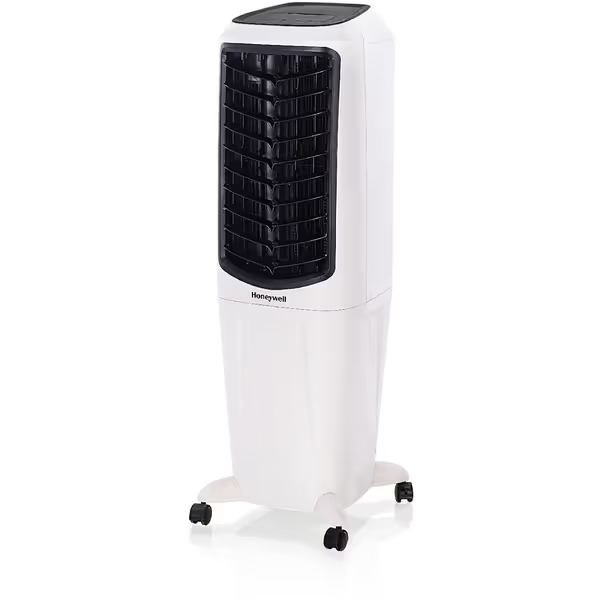
Honeywell 470 CFM Portable Evaporative Air Cooler
Practical Applications for Dry Climate Living
When Evaporative Wins
Evaporative systems excel where I've seen cooling principles work best:
- High daytime temperatures with low humidity (desert regions below 60% humidity)
- Spaces with adequate ventilation (just like my cooler setup requires proper drainage)
- Situations where "perfect" temperature control isn't critical (fish don't need 72°F exactly, just consistently cold)
I've adapted my marine cooling protocols to land-based applications. My Honeywell portable evaporative unit (which I keep in my workshop) runs on similar principles to my boat's brine system. The 7.9-gallon reservoir lasts me through a full workday, providing that gentle cooling breeze that keeps tools from warping, no different than how my properly balanced slurry keeps fillets cutting like glass.
When Traditional AC is Necessary
There are times when evaporative simply won't cut it, just like there are fishery scenarios where I need mechanical refrigeration: For precise cold-chain needs like medications, follow our 2–8°C medical cooler guide.
- High humidity environments (where evaporation slows significantly)
- Precise temperature control requirements (like pharmaceutical storage)
- Tightly sealed environments without ventilation options
For these situations, I recommend considering units that maximize efficiency within their constraints. The LG portable AC I've tested in my garage workshop features smart controls that prevent energy waste during cooler nighttime hours, similar to how I program my boat's refrigeration to kick in only when needed.
Cost Comparison: Beyond the Initial Price Tag
Let's address the elephant in the room: cost. Consumers often make decisions based on purchase price alone, just like anglers who buy the cheapest cooler without considering ice retention. Don't fall for it.
First-year cost comparison for 350 sq ft space (Phoenix climate):
- Evaporative cooler: $250 purchase + $15 electricity/month × 4 summer months = $310
- Portable AC: $350 purchase + $60 electricity/month × 4 summer months = $590
That's nearly $300 difference in the first year alone, not counting maintenance. It takes about 3 years for the operating cost gap to close the initial price difference. If you're in a dry climate more than 4 months a year, evaporative is the clear winner.
Optimizing Your System: My Field-Proven Tips
Drawing from my cold chain expertise, here's how to maximize either system:
For Evaporative Coolers:
- Pre-cool the unit before heavy use (just like I pre-chill my coolers)
- Maintain proper water quality - I use filtered water in my Honeywell to prevent mineral buildup, same as using clean water in my brine slurry
- Ensure cross-ventilation (without airflow, evaporation can't happen, a critical lesson from decades of deck drainage design)
- Monitor humidity levels - when humidity exceeds 60%, efficiency drops dramatically
For Traditional AC:
- Seal your space properly (like ensuring my cooler lids seal tight)
- Clean filters regularly - a clogged filter is like blocked drainage on a fishing vessel
- Use programmable settings to avoid cooling empty spaces
- Consider supplemental evaporative cooling during dry periods to reduce AC runtime
Real-World Performance: What the Brochures Don't Tell You
I've tested both systems in my workshop and garage, applying the same rigorous standards I use for marine coolers. Here's what matters:
- Startup time: Evaporative units take 10-15 minutes to reach full cooling capacity (vs AC's near-instant effect)
- Temperature range: Good evaporative units maintain 80-85°F when outside is 100-110°F in dry climates
- Maintenance requirements: Evaporative pads need seasonal replacement (like my cooler gaskets)
- Noise levels: Both run similarly quiet at low settings, but evaporative units often have gentler airflow
My biggest insight? Chill shock beats cube dumping. Whether cooling air or fish, the method matters more than the raw cooling power. A properly set evaporative system provides consistent, gentle cooling that's more comfortable and efficient than the blast-and-rest cycle of many AC units.
What to Consider Before You Buy
Before choosing between evaporative cooler vs air con, ask these questions:
- What's your average summer humidity? (Below 50% = evaporative advantage)
- Can you provide adequate ventilation? (Essential for evaporative)
- How many hours per day will you need cooling? (Higher usage = bigger evaporative savings)
- What's your priority: precise temperature control or energy efficiency?
Final Recommendation: Matching Technology to Your Climate
After decades of optimizing cooling systems where failure means spoiled catch and lost income, I can tell you this: in dry climates, evaporative cooling isn't just cheaper, it is smarter. It works with natural physics rather than fighting against it.
For most homeowners in Arizona, Nevada, Utah, Colorado, and similar regions, a quality portable air cooler delivers all-day comfort at a fraction of the cost of traditional AC. It's the same principle I apply when I create a brine slurry at sea: work with nature's rules, not against them.
If you're sitting on the fence about dry climate cooling solutions, start with this actionable step: measure your local humidity for a week using a $10 hygrometer. If it consistently stays below 60% during your hot season, you've got a prime candidate for evaporative cooling. Calculate your potential savings using my simple formula: multiply your current AC runtime by 0.25, which is approximately how much less electricity you'll use with evaporative.
Remember what I learned three hours into that tuna run: when the deck box ran warm, it wasn't about how much ice I had, it was about how I used it. The same principle applies to your home cooling. With proper setup and understanding of your environment, evaporative cooler vs air con isn't even a contest in dry climates. Choose wisely, cool strategically, and keep your chain intact from source to destination.

